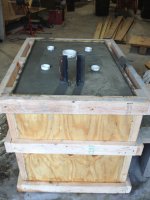tkappeler
Platinum Member
tkappeler:
Is the install manual online? Or does it come only after buying the panels?
PM sent.
tkappeler:
Is the install manual online? Or does it come only after buying the panels?
This isn't really true. Curing at lower temperatures (and over a longer period of time) will result in higher concrete ultimate strength and less cracking. You want really want the concrete to cure over the longest period possible and at a uniform temperature (not fluctuating). So I would agree, it looks like this pour was under ideal conditions. Interestingly enough, I once saw a technical paper reporting on use of a concrete additive that prevented freezing so the concrete could be held below freezing during the cure. This increased the ultimate strength of the concrete.
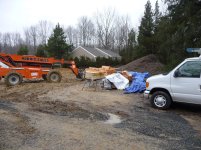
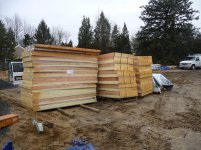
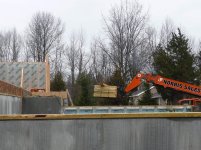
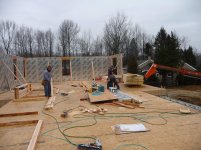
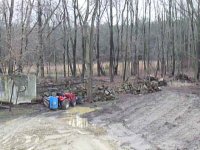
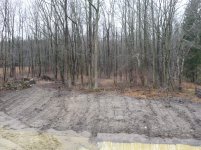
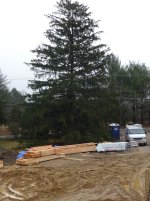
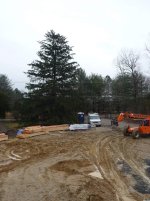
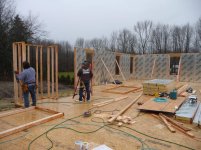
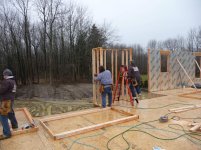
We are so happy that we opted for the 6' tall windows instead of the 4'9", especially with 9' wall heights.
This is where I get confused. You have walls that will have an extreme R value, but you went with bigger windows that will have an R value of around 3. At what point does is it not advantagous to spend more money on increasing the R value of a wall when you lose so much in the windows?
Air sealing is the single most important thing you can do for a wall. I'm a HUGE supporter of that. Then maxing out the insulation in the attic is where you see the biggest return for your investment and energy savings. There is only so much you can get out of a wall that has a window in it.
Eddie
If you want to challenge my facts at least have it correct. Concrete cylinders for checking compressive strength are stored in a water bath at 70 degrees F for 28 day design strength. Concrete pipe are cast and then placed under tarps with 100+ degree heat and 100% humidity. The reach their required strength and can be shipped after 24 hours of curing. Concrete continues to cure for 100+ years although approx. 80% of ultimate strength is achieved within 28 days given 70 degree temps and submerged in water. There is zero benefit to curing concrete at lower temperatures and all that happens is you ****** the curing process.
Calcium is added to concrete during low temperature pours which helps generate additional heat but actually weakens the concrete compressive strength. Concrete does not cure below 32 degrees.
